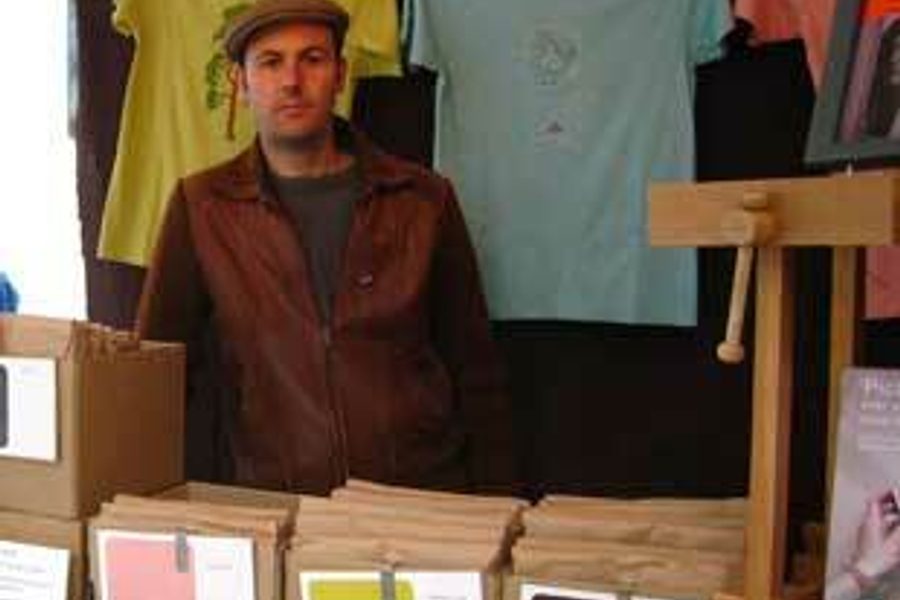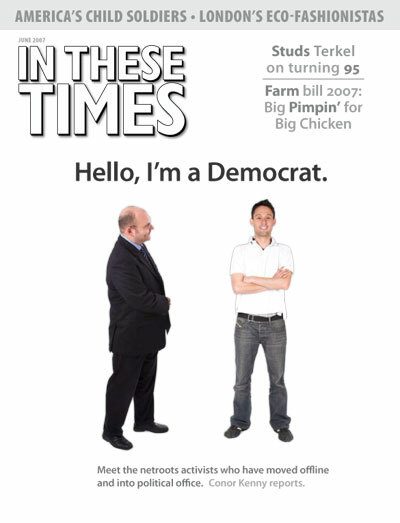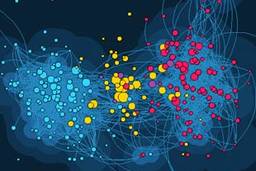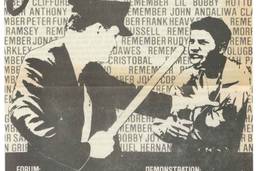Chasing the Green Pound in London
Forget “I am not a plastic bag” campaign, Spitalfield’s Market is where to find London’s genuine eco-friendly fashion
Jessica Clark

It doesn’t look like much: a beige cotton tote with a rope handle, reminiscent of ’70s bookbags. Chocolate piping sets off the brown slogan appliquéd on the front in an offbeat curlicue font: “I am not a plastic bag.”
And yet the homely thing set a veritable fashion bonfire on the streets of London in late April. Why?
Designer Anya Hindmarch usually makes high-end purses, the most personalized of which cost £6,500 (yes, that’s $13,000). But in partnership with the British grocery giant Sainsbury’s and the We Are What We Do campaign, she created the £5 bag, to encourage consumers to forgo plastic bags at the checkout counter. The bags soon sold out at her boutique, and then spawned queues that started at 2 a.m. when Sainsbury’s placed them on sale in batches of 30 at selected stores. They were gone within the first hour, and were reportedly appearing on eBay for upwards of £200. Similar releases are planned in the United States (June, navy blue) and Japan (July, bottle green).
The bag’s blaze was fed by celebrity cred: Keira Knightly was spotted with one, and Vanity Fair chose them as their Oscar night “goodie bag.” But she who lives by the tabloid must die by it too. Within less than a week, the Evening Standard had revealed that the must-have accessory was not only made of standard-issue cotton, but sewn in China. “Exposed! I am not an ethical bag,” read their banner headline. Another eco-icon down the chute.
This morality tale of the not-a-plastic-bag encapsulates London’s twinned obsession with throwaway fashion and ecological responsibility. It’s a boom town right now, with the pound at a high of $2 and property values hitting late-’90s levels. Cranes split the skyline, and consumers flock from gimmick to gimmick, giddy with purchasing power … and racked with guilt. Stores and media outlets cater to the mania, appealing to buyers’ urge to binge and their morning-after purges. Each impulse has its own celebrity spokespeople: Kate Moss recently launched a line with “fast fashion” knockoff chain TopShop, while liberal icons like Sting endorse socially conscious clothing lines.
The BBC has salted the wound, with doleful explorations of the sins of the “moregeoisie.” This new breed wants bigger cars, more extreme vacations, and yet environmentally clean consciences. They indulge in much fretting about their “carbon footprints.”
Tying it all together, of course, are those plastic bags – and China. On March 31, an article in the Guardian Weekend reported that most of Britain’s shopping bags – 17 billion per year – are made in China, and then shipped 10,000 miles back to China to be recycled in low-paying plants that foul the rivers and smell up the villages. Suddenly Hindmarch starts to look a little better … but not good enough.
So, caught in a series of conundrums – fair trade vs. fair prices, eco-cotton vs. eco-sloganeering, wardrobe cues from aging rockers vs. vapid catwalk twits – what’s a fashion-conscious shopper to do? Go local.
Each Friday in London’s too-trendy East End, the historic Spitalfield’s Market plays host to fashion students and artists hawking their wares. The market itself has suffered from London’s property boom; the space for stalls was reduced a few years ago as developers erected stores and office blocks.
Remixing and remaking are fashion buzzwords among this clutch of younger artisans. These practices reflect both ecological awareness and a generational impulse informed by digital cut-and-paste aesthetics. One Spitalfields vendor, Charlotte Law, has been growing her own “mini-brand” (www.moreofthatilk.com), for the past few years. Law handmakes the label’s pins and purses out of brightly-colored fabric and appliquéd leather shapes which seem inspired in equal measure by the aesthetics of goth and Japanese kawaii.
“When I get the chance, I do like to use recycled fabrics,” Law says. The bags she has on display feature scraps of used clothes and curtains. I ask her what she thinks of the “not a plastic bag” campaign. “I do like it,” she answers, “and it’s nice to use those slogans. But it is made in China.”
What about the alternative – couture fashion made by high-end designers? “I find £2,000 for a handbag a bit grotesque,” she says. Besides, she notes, with all of the fashion knockoffs, it’s hard for anything to stay in style for too long.
Another pair of vendors, Steve Bretland and Jen Sandiford of Loglike (www.loglike.co.uk), make sure their products are environmentally responsible. They offer T-shirts made of certified organic cotton, dyed with low-impact dyes and hand screen-printed using a water-based system to minimize toxic runoff. They also sell a line of remade products, including candle-holders fashioned from second-hand saucers and patterns for stuffed toys printed on vintage fabrics.
“It’s taken us a long time to get to this point of being able to sell things – partly because you have to earn a living,” says Bretland, a teacher. The pair visited trade shows and did lots of research. On the table is a bound sheaf of plastic-sheathed papers that explain the ecological processes they’ve chosen. “We try to be as transparent as possible,” he says.
Bretland rolls his eyes when asked about the Hindmarch promotion. “I imagine that some of those won’t even be used,” he says. “They’ll become collectibles. Kind of ironic, that.”
And yet, flawed as it is, the “I am not a plastic bag” campaign has brought environmental issues to the attention of thousands of consumers in a way that these small, idealistic producers can’t hope to, at least with their current capacity. Sandiford explains that they produce the shirts in batches of 20, but hope to move to larger runs if they sell, working with an ecologically certified silk screen printer.
Perhaps this new generation of designers can build upon the current craze, spurring widespread demand for products that not only proclaim their eco-identity, but then match it with ethical labor and materials.
In the meantime, a new market is growing – for ripoffs of the Hindmarch bag. Law says that Marissa Vanderzee (www.marissav.com), a designer who sells her wares at the Sunday UpMarket around the corner from Spitalfields, has started producing a bag that reads “I’m not a smug twat.” Orders are booming.







